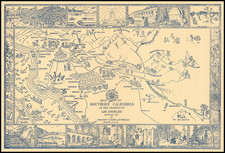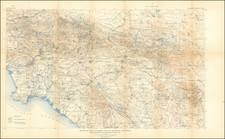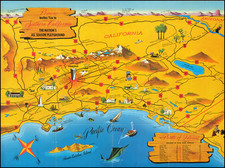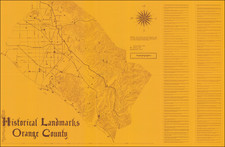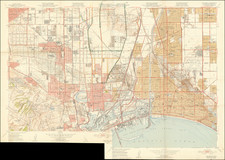Rainstorm Response Procedures Location C1 - Long Beach from the Douglas Aircraft Company, dating to February 15, 1996, offers a glimpse into the detailed protocols and methodologies employed by the aerospace industry during this period. Located in Long Beach, the McDonnell Douglas facility, a prominent entity in the American aviation landscape, was tasked with the responsibilities of addressing environmental concerns, particularly those brought about by unpredictable weather patterns.
The 1990s was a decade marked by growing environmental consciousness and an increasing recognition of the impact of industrial activities on the environment. As the aviation industry was among the most technologically advanced sectors, the documentation of procedures and guidelines for addressing potential ecological threats was imperative. This document stands as a testament to that commitment, delineating the company's proactive measures to counter the effects of rain, which, given the presence of chemicals and other hazardous materials in aircraft manufacturing, was paramount.
The detailed "Rainstorm Response Procedures" reveal a tiered system based on the likelihood of rain and the severity of its impact. From "LEVEL THREE" indicating a 30%-60% chance of rain to "LEVEL ONE" marking critical rainfall, the document showcases the thoroughness and foresight of the company's environmental protocols. Integral to this plan is the elaborate infrastructure highlighted—storm drains, above-ground piping, valves, catch basins, and other elements—indicating the level of investment and planning dedicated to environmental safeguards.
Moreover, the emphasis on emergency response kits, such as the "HAZ-MAT SPILL KIT" and "HYDROCARBON SPILL KIT," underscores the preparation and readiness of the company in dealing with potential hazardous material incidents. Such kits were designed not just to comply with environmental standards but also to protect the broader community and local ecosystems from potential contamination.
In conclusion, the Rainstorm Response Procedures document from the Douglas Aircraft Company offers more than a mere set of guidelines; it is an artifact that sheds light on the aerospace industry's interaction with environmental concerns during the 1990s. As a reflection of the time's ethos, it emphasizes the delicate balance between industrial progress and ecological responsibility, offering a case study in proactive corporate environmentalism.











